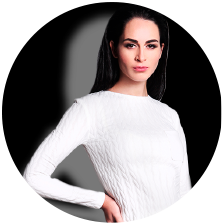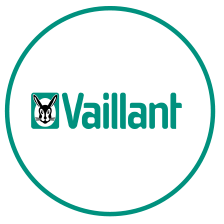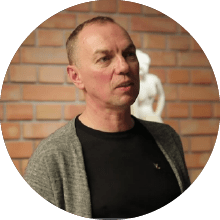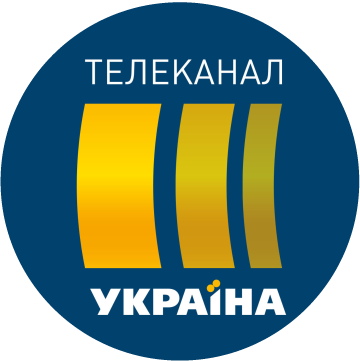
“Format A: 1”, a YouTube program about Ukrainian architecture, came to visit Intelcity, the Ukrainian successors of the traditions of Mattias, Sutherland and Ken Sakamura.
More details
Presenter: – What is the main system in the smart home and allows you to ensure the proper quality of living space?
Leonid Nikolaev: – I would focus not on quantity, but on the quality of management and interaction. Let’s take a look at the cooling issue: the first thing that comes early in the morning is the outdoor blinds open 30-45 ° to keep the sun out of the room while still providing light. Then the heat pump is started and pre-cooled through the ceilings in order to prepare this cold for the beginning of the working day. On weekends, the temperature will be 2 ° higher than the comfortable temperature; during working hours, these two degrees will be compensated and transferred to normal mode.
The same sun protection systems are not only about the climate, but also about lighting. We use the Blackout system in order to limit the access of natural light when we don’t need it. In the opposite case, absolutely all curtains open and the biodynamic lighting system is turned on, whose temperature and intensity changes throughout the day.
We can watch quality movies at home. And so to look, that in any cinema we will not allow ourselves this. All this thanks to the Ambient lighting system, which expands the possibilities of color rendering outside the screen and we see the prevailing colors in the dynamics.
When we come to work, the system recognizes who came. For example, if it’s me, then in my office the music that I usually enjoy early in the morning will play, for example AC / DC.
In fact, our main goal is to minimize the need for building management.
It is possible to use gadgets to control a particular visualization and the client’s choice is almost unlimited here. Nevertheless, in modern systems, especially in home, we consider reliability to be the main factor. Therefore, in a smart space, there is always a button that does not depend on the Internet or the quality of the electrical network, which you can press and turn off the lights everywhere or start the desired scenario.
Host: – Do you have specific solutions to the problem of residents’ safety?
Leonid Nikolaev: –
In our conditions, this problem is very urgent. We consider security in several engineering systems. The first is water leakage. In our house there is an innovative and first in Ukraine system from Uponor, which, using ultrasonic waves, determines the quality of the water supply and prevents any leakage, notifying us about it. Moreover, it even detects freezing in the trab and turns on its heating automatically. Further – burglar and fire alarms, issues related not consistently with a person and his safety. Here we also have a complex of systems to achieve a given goal. For example, when a person approaches a house, he can be identified either by a camera, or he can enter with a fingerprint and receive the appropriate access permission. This is often used to provide service personnel with access to the working kitchen area or to service a substation. Further than these points, such workers have no opportunity to go, but the owners naturally have. The same CCTV cameras quite clearly record the zones that they have to protect – they see more, but they have different security zones.
The next point concerns the safety of the control system itself. Here we cooperate with international institutions and conduct joint testing for the possibility of access to certain elements of the systems. Now there are a large number of Internet of Things devices and we strive to ensure that through them there was no possibility of access to the main life support systems of the building. This is one of our main directions in the world today.
Host: – Leonid, as far as I understand, we are now at the heating station at home. Tell us about how it all works.
Leonid Nikolaev: – Yes, this is the heart of the house, here heat and coolness are generated, distributed throughout the building. This is a pellet boiler, a heat pump, an electric boiler, a gas boiler, and a solar hot water station. All this is distributed through the manifold and controlled by a single system that is integrated into the overall home automation system.
What is important: we are not saying that all this should be in every home. We established this in order to understand which devices work better together in what conditions. I want to say right away that there are no universal solutions: for each locai, you should individually select a solution depending on external factors and the needs of the client. It is very important to achieve the right combination of energy generation and consumption.
The simplest example: it is a hot sunny day and we are getting free sun through the photovoltaic solar panels on the roof. This energy is consumed by the heat pump, which generates cold. It is then distributed across the ceiling, walls and floors. We get virtually free cold, while passive cold distribution systems (ceilings, floors, walls) are ideallyare combined with a heat pump. If you have designer cast iron radiators installed in your house, then the heat pump is not a friend, because it works most efficiently at a temperature of 45-50 ℃, and the radiator only starts working after 75-80 ℃. You will force the heat pump to work in the electric boiler mode, with the difference that it will be 10 times more expensive to operate it due to its cost than an electric one. These are the solutions we offer our clients, first we analyze and only then we make a decision on how to generate heat and coolness. From our point of view, this is an intellectual approach.
Media












